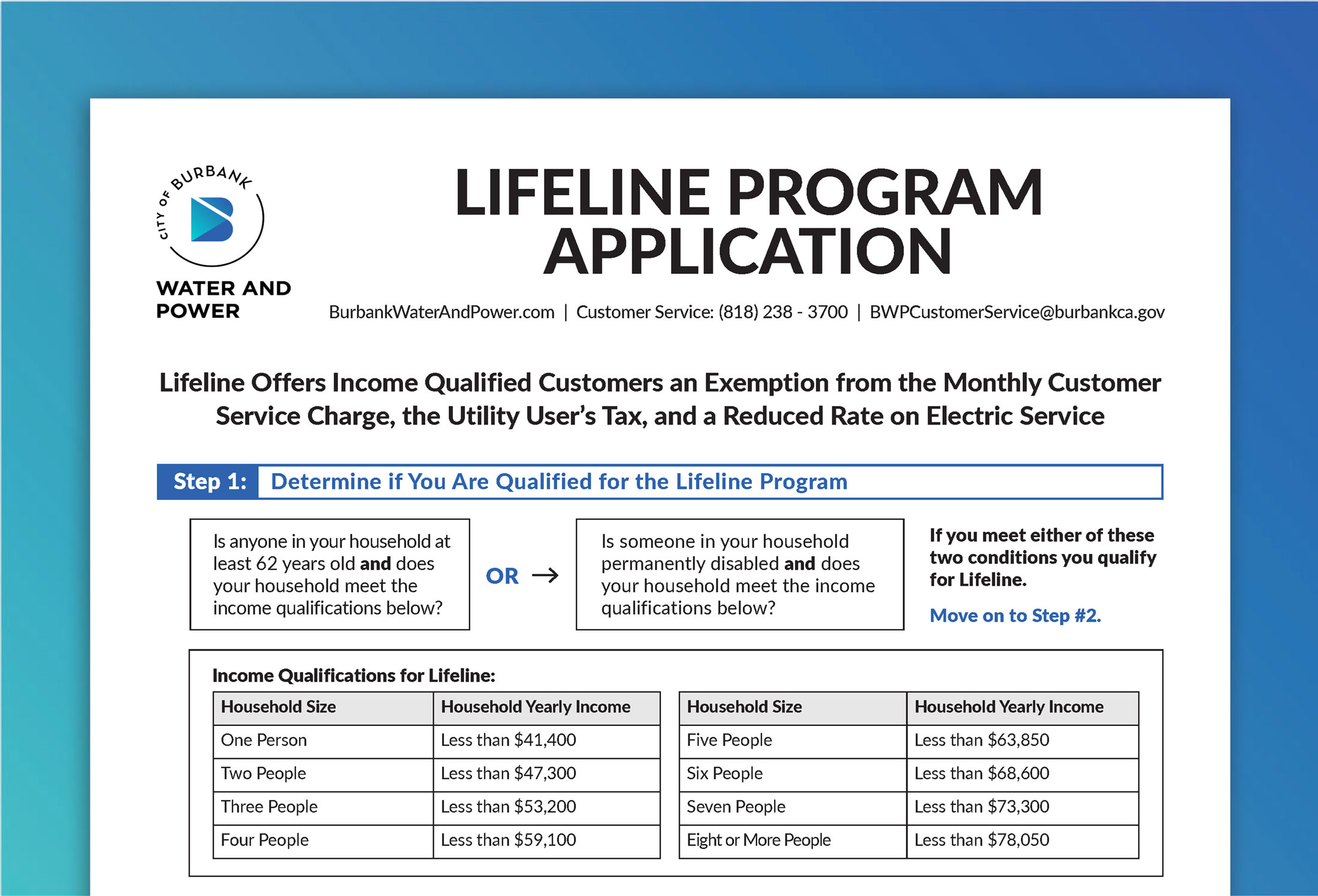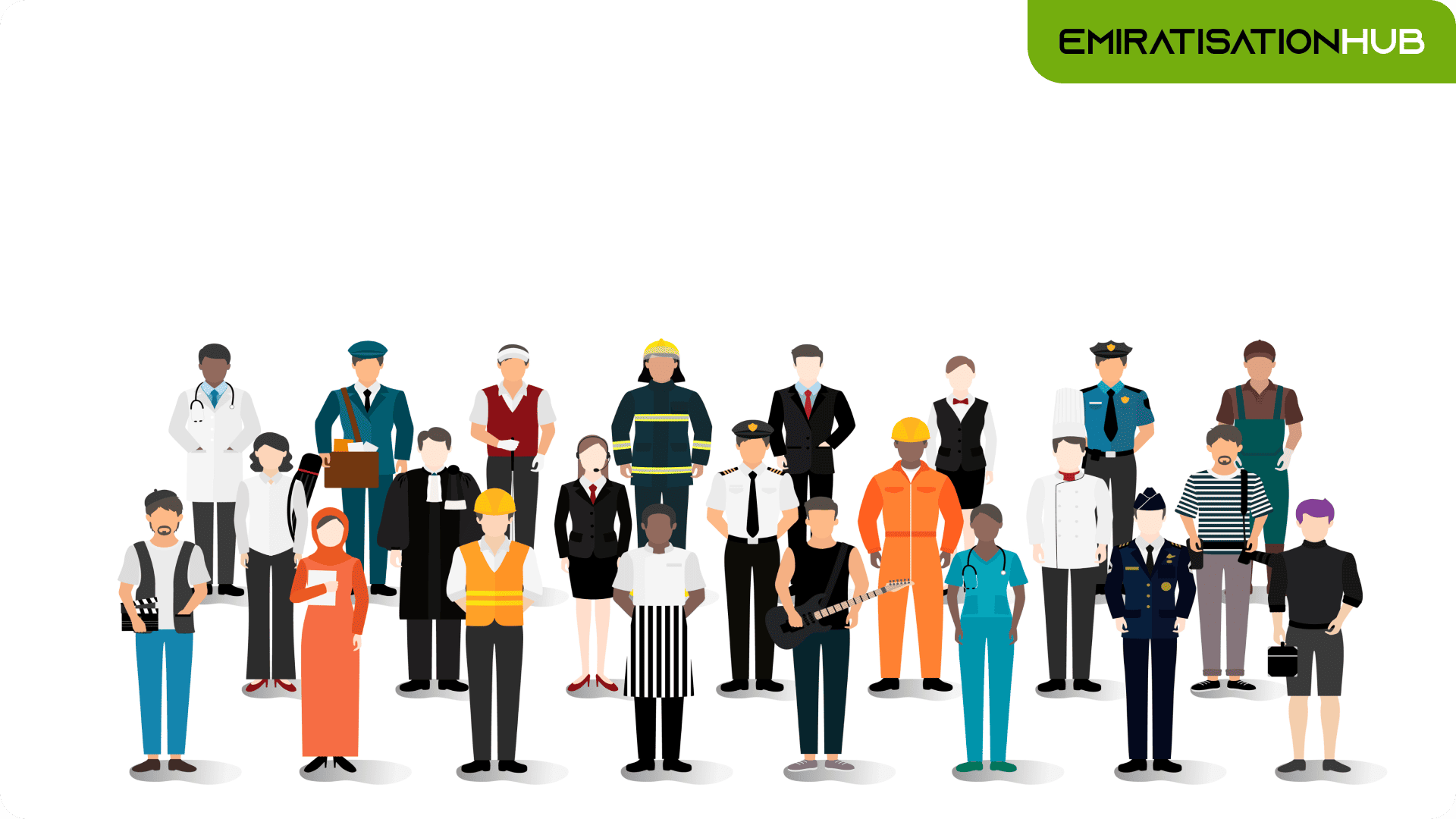Unlock Your $2000 Economic Lifeline: Eligibility, Timelines, And All You Need To Know
Navigating the Complexities of Economic Relief
Amidst the unprecedented economic challenges brought on by the global pandemic, the United States government has implemented a series of economic stimulus packages to provide much-needed relief to individuals and businesses. One crucial measure is the Economic Impact Payments, commonly known as "stimulus checks," which have delivered a direct payment of $2000 to eligible Americans. However, understanding the eligibility criteria, timelines, and complexities associated with these payments can be a daunting task.
Eligibility Criteria
To be eligible for the Economic Impact Payment, individuals must meet the following criteria as of December 31, 2021:
- Be a U.S. citizen, resident alien, or qualifying non-resident alien
- Have a valid Social Security number (SSN)
- Cannot be claimed as a dependent on someone else's tax return
- Meet income limits set by the Internal Revenue Service (IRS)
For the most up-to-date information on income limits, individuals can refer to the IRS website.
Payment Delivery Timelines
The Economic Impact Payments are typically issued via direct deposit to eligible individuals. The IRS has stated that it aims to deliver payments within 7 to 14 days of the payment being initiated. However, actual timelines can vary depending on factors such as financial institution processing times.
For those who do not receive a direct deposit, paper checks will be mailed to their last known address on file with the IRS.
Complexes to Consider
While the Economic Impact Payments provide much-needed financial assistance, several complexities should be considered:
- Phase-Out Thresholds: Individuals with higher incomes may receive a reduced payment or no payment at all due to phase-out thresholds.
- Joint Filers: Married couples who file jointly may receive a maximum of $2000, even if only one spouse meets the eligibility criteria.
- Dependents: Dependents under the age of 17 are not eligible for their own payment, but their parents or guardians may receive an additional $500 for each dependent.
- SSI and SSDI Recipients: Individuals receiving Supplemental Security Income (SSI) or Social Security Disability Insurance (SSDI) who did not file a 2019 or 2020 tax return may need to file a special form to receive their payment.
Real-Life Examples
To illustrate these complexities, consider the following real-life examples:
- An individual with an annual income of $75,000 may receive a reduced payment of $1500 due to the phase-out threshold.
- A married couple with a combined income of $150,000 will receive a maximum payment of $2000, even though only the husband meets the eligibility criteria.
- A single parent with a dependent child under the age of 17 will receive an additional $500 for their dependent.
- An SSI recipient who did not file a tax return may need to file Form SSA-1099 to claim their payment.
Conclusion
The Economic Impact Payments provide essential financial relief to eligible individuals during these challenging times. However, understanding the complexities associated with eligibility, timelines, and the various exceptions is crucial to ensure that individuals receive the maximum benefit they are entitled to. By navigating these complexities and accessing the necessary resources, individuals can unlock their $2000 economic lifeline and alleviate the financial burden caused by the pandemic.
Policymakers should continually assess the effectiveness of these payments and address any gaps in coverage to ensure that all eligible individuals have the opportunity to access the economic relief they need.
Read also:
Celtics Battle Clippers: Expert Predictions, Game Details, Odds, Best Bets, And Must-Know Trends
Laken Riley Act: Deportation Expansion For Unauthorized Immigrants Facing Minor Charges
Musk's Starlink-Tesla Battery Plant Deal: A South African Synergy

